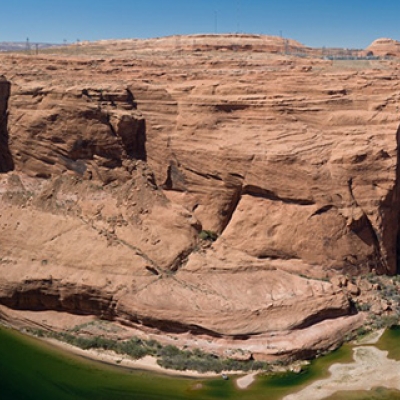
8 Ways China is ‘Winning’ on Transportation
By CC Huang, Hallie Kennan / On August 4th, 2016
As Donald Trump likes to say, “China is beating us on everything.” While that’s a debatable proposition, there is one area where China is far ahead of the United States, and that’s in resilient transportation systems.



